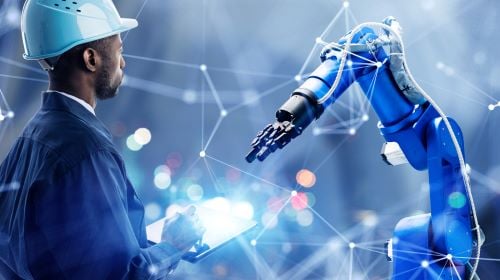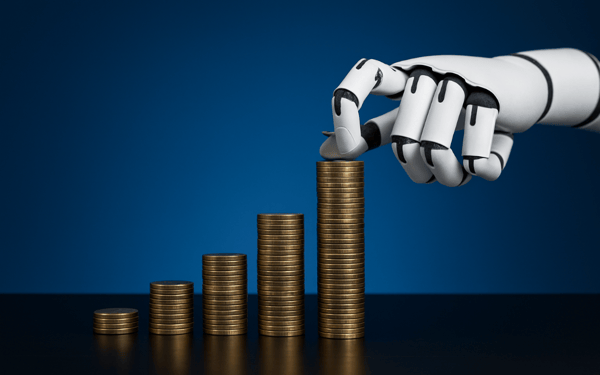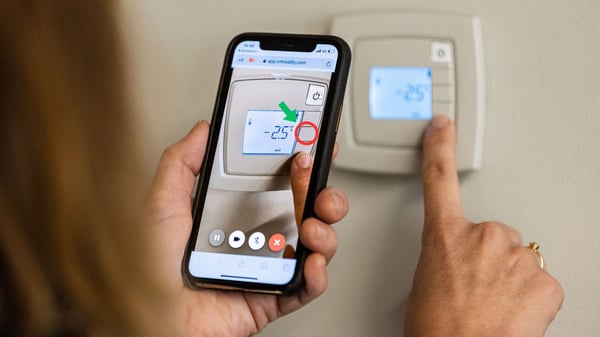Since the end of the 18th century, we've experienced multiple industrial revolutions. And right now, we're in the middle of a significant digital transformation in how we produce products and automate different technologies. This revolution is called the fourth industrial revolution, a.k.a Industry 4.0.








